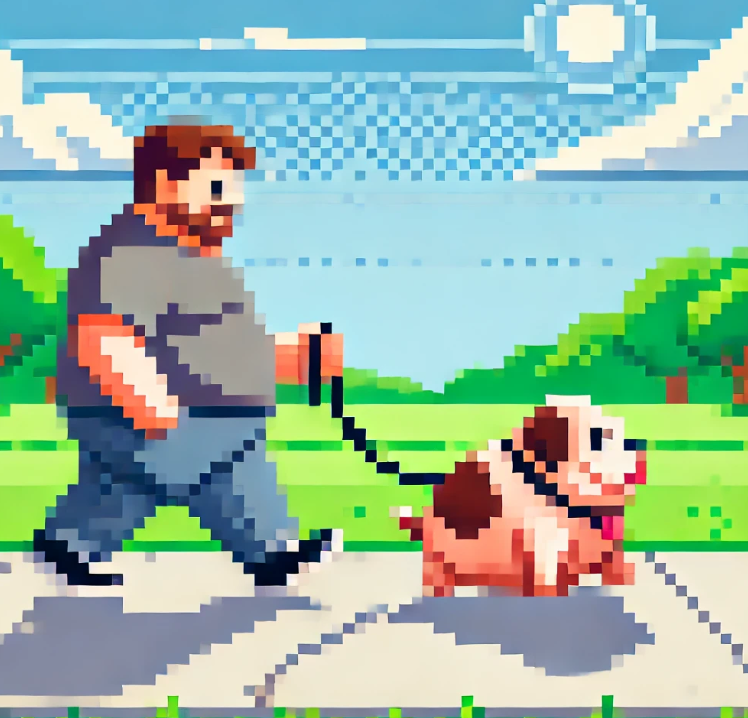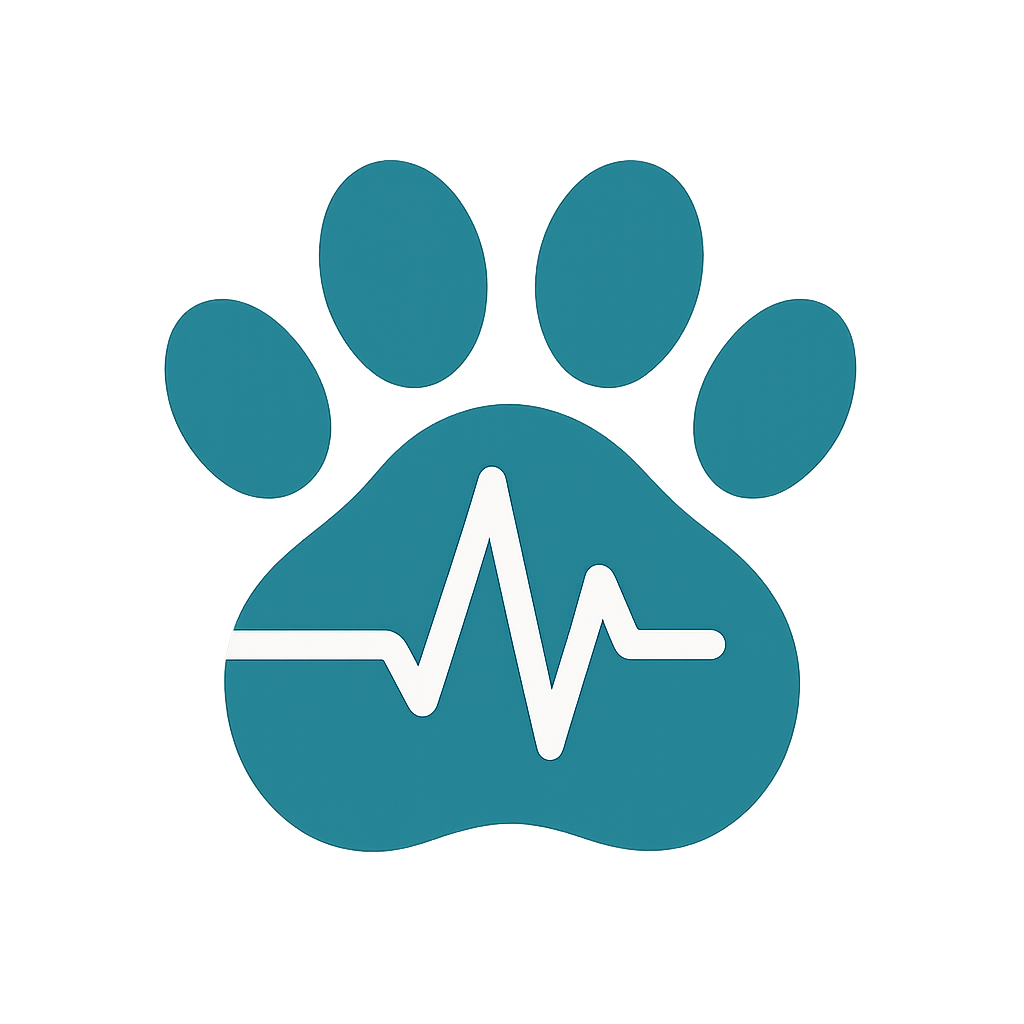
Half of Dogs Are Overweight—Here’s What You Can Do Today
Ever looked at your dog snoozing on the couch and thought, “Do they really need that much food?”
Turns out, science says… probably not. Especially if your pup is neutered, a little round around the edges, or more into Netflix-and-naps than fetch marathons.
A brand-new study from Brazil just shook up what we thought we knew about how much energy dogs really need. And spoiler alert: the food labels and charts you’ve been following? They might be giving your dog way too many calories.
Why Your Dog’s Energy Needs Aren’t One-Size-Fits-All
Think of your dog’s body like a car. A sports car burns fuel fast. A minivan? Not so much. Dogs are the same way. Their actual energy needs depend on things like:
- Neutering status (yep, spayed and neutered dogs usually need fewer calories).
- Body condition (an overweight dog burns less energy pound-for-pound than a lean one).
- Lifestyle (zoomie champion vs. professional napper).
The study tracked 438 dogs over 12 years and found that neutered pups and those carrying a few extra pounds needed way less energy than the “official” charts suggested .
The Surprising Science Bites 🧪🐾
- Neutered dogs need less fuel. Neutered dogs consistently had lower energy requirements than intact dogs—sometimes by as much as 10%.
- Chubby dogs burn fewer calories. Obese pups needed way less energy per kilo than lean dogs. (It’s like when your phone battery drains slower on low-power mode—it’s not a good thing!)
- Standard guidelines are overshooting. Almost half of neutered dogs in the study were being fed more calories than they actually needed if owners followed the textbook recommendations.
Translation: Those “serving sizes” on kibble bags? They might be pushing your dog toward weight gain.
Real-Life Tips to Keep Your Pup in Paw-some Shape
So what do you actually do with this info? Here’s how to put the science into practice:
1. Watch the waistline, not the bowl.
Instead of obsessing over cup measurements, keep an eye on your dog’s body condition. You should be able to feel their ribs (but not see them) and spot a waist from above.
2. Adjust after neutering.
Got your pup spayed or neutered? Congrats! 🎉 But now’s the time to tweak their food down a notch—otherwise, you may notice the pounds creeping up.
3. Don’t trust the bag blindly.
Think of feeding guidelines as a starting point, not the final word. Every dog is unique, so tailor meals to their energy level.
4. Treats count (sorry, pup).
Those little bites of cheese or extra biscuits? They add up—fast. Keep treats under 10% of daily calories.
Why This Matters More Than Ever
Obesity is one of the biggest health problems facing dogs today—up to half of all dogs are overweight . And it’s not just about looks. Extra pounds can mean:
- Achy joints and arthritis
- Heart and breathing issues
- Shorter lifespans (yes, really 😢)
The good news? A little awareness and a few diet tweaks can make a huge difference in your pup’s long-term health.
Share Your Pet’s Story
What about you—have you noticed changes in your dog’s appetite or weight after neutering? How do you keep your pup at a healthy weight? Share your tips (and maybe a cute dog pic 📸) in the comments—we’d love to hear your story!




